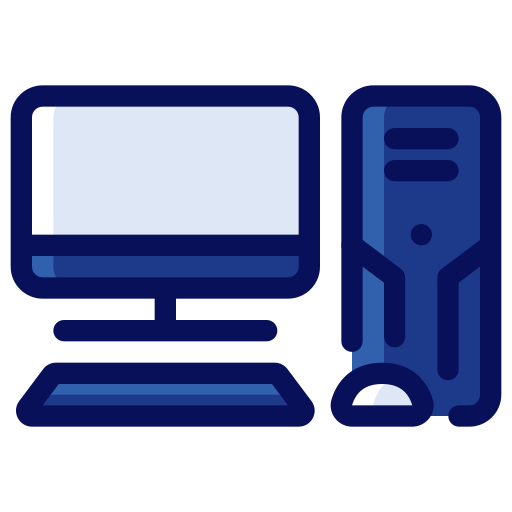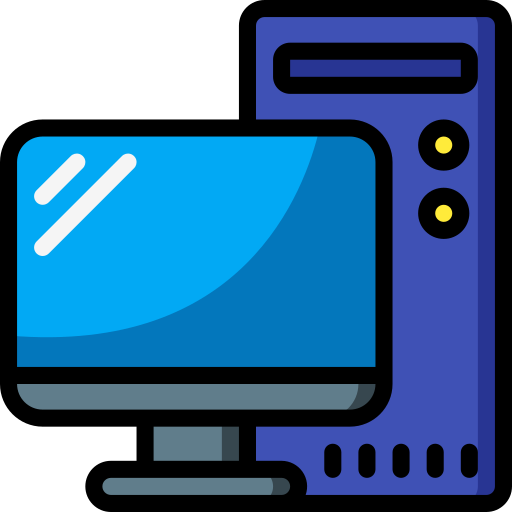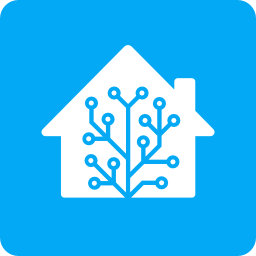First you need to specify a bit more on what you mean by file server. Are you looking for a network attached storage for home use, or remote use as well? Or are you talking something like a seed box for torrenting Etc. What general software environment will you be working with and what others are you comfortable with.
- 0 Posts
- 14 Comments

 4·8 months ago
4·8 months agoI don’t know, for my money I spent more of the last decade playing Saints Row than GTA. If whoever holds the IP rights. Reboots the s*** of the last one. And turn it into some fever dream or some failed alternate universe. Finding a way to bring back Kinsey gat and the rest of the original crew. And do it with a 50 to $60 price point. My money is going there every time. It may have been the GTA we have at home. But it was lovably absurd in its own right even having an impact on GTA.

 232·9 months ago
232·9 months agoYep. Enshitification behavior doesn’t cease once you’re technically a paying customer. If they hadn’t made a habit of enshitification. Clawing features away to put behind a paywall I’d give them some support. But I prefer foss anyhow. And for myself, I’m not missing anything.

 3·9 months ago
3·9 months agoTrue and while they are both enshitifying their services. Somehow in this one area Google seems to be going slower. And making slightly less bonehead moves

 24·9 months ago
24·9 months agoA Chromecast TV device might fill your gap. There is a jellyfin android TV build in the app store and it works with every TV. Just costs about 50 dollarydoos
They need Wi-Fi to work. However. Tp-link I think is switching over more and more to their Tapo sub brand. Which are supposed to have an integration with home assistant but I have yet to get work. All the Wi-Fi Casa switches however and Casa bulbs work like a treat without any complex configuration or setup. Just basically Plug and Play

 4·1 year ago
4·1 year agoInteresting. Will have to take a look at it later. I currently use Jellyfin and don’t have many issues. The only thing that might be a pain point is tuner support. I didn’t see anything mentioned. But looks nice otherwise. And intrigued to see its largely in Go.

 51·1 year ago
51·1 year agoIt’s literally just a two to three minute long video. With literal links to the research paper in question. Perhaps you should read more and talk less.

 41·1 year ago
41·1 year agoWrong as usual. Heres a video from 2 years ago. From an actual light transport researcher for 3d rendering. Again, this likely won’t be on your 50 series GPU. But it is something very actively being researched. And likely will start showing up in consumer hardware before the end of the decade.

 53·1 year ago
53·1 year agoIn the future it’ll be less about upscaling. And more about giving the algorithm a minimalist basic 3D representation as a starting point. And then told to make it photo real. Ray tracing isn’t really going anywhere. But AI radiosity is going to supplant it in many applications.
Think about it. These algorithms are already making impressive if uncanny images from Simple Text prompts. In less time than it would take most CPU GPU combinations on consumer Hardware to actually Ray trace a scene. Ray tracing will always be there when you need the accuracy. But AI radiosity is going to offer benefits most people don’t even comprehend yet.
For instance once it makes its way into consumer Hardware etc. Suddenly a lot of older games will be able to have their Graphics upgraded with no recoding or tricks. Just using the input video stream as a reference.

 3·2 years ago
3·2 years agoIf gaming is the primary thing you are going to do on it and everything else secondary. I can be helpfully unhelpful. There are a number of distributions based around valves steam OS. Which is at its core. Is what’s running on the steam deck. Not 100%. But very close. They will give you a very similar experience and feel to the steam deck. Only allow you much more hardware choice and larger displays. So I

 3·2 years ago
3·2 years agoYou’re in luck. I have roughly 30 years experience. And first let me chime in with the other recommendations. Linux Mint is absolutely a good starting point. And making a “live” USB is a fantastic way to get an introduction and heads up on possible hardware issues. They’re rare but they do exist for any OS. However installing software etc to a live distro is not usually an easy thing. If you want to explore the software side beyond what’s on a live image. Try an install to virtualbox. You will get basic practice with actually installing a basic distro. And be able to fully explore the app repositories.
The biggest show stopper for switching to Linux these days is either that you have x rare oddball hardware, or you very specifically need y piece of software that refuses to run under wine, or obscure feature z of software package y.
One final recommendation. If you don’t back up regularly or like you should to external media. You will always run the risk of damaging your windows install should you want to keep it around. It’s a right of passage for many of us that did it back in the '90s. But not everyone wants that kind of stress just starting out. If you have a little bit of cash to spare. Go on eBay and pick up an old used HP Lenovo or Dell business system. You can get a fourth generation I7 with a decent amount of RAM and perhaps a hard disk and a windows license for almost $150. If you want to practice dual booting, it will make a perfect system. And with a $30 or so HDMI KVM. It can even use the same monitor. Keyboard and mouse as your main system. So you can use them side by side and see which one really stacks up. And in the end when you’ve made your decision. The old business system will be ready to make a great network file server. If nothing else. It’s sort of a win-win-win win investment.

 122·2 years ago
122·2 years agoWell that or use an instance that isn’t theirs, or doesn’t even federate with theirs, or simply block theirs.🤔 I mean this is really throwing the baby out with the bath water.
I have no strong love for leninists/stalinists, and think they accomplish little other than making actual socialists look bad while not being socialist themselves. But I’m not that put off by them. They’re generally fairly intellectually weak, and easy to maneuver around. Should you choose to interact with them.

Then you’re going to be limited to SMB generally because of windows. If you didn’t need Windows NFS is always the superior choice. But only the pro version of Windows has any NFS support.
Just getting started pretty much any hardware will do. One of the best most accessible ways of doing it is something like a cheap Raspberry Pi computer even two gigabytes of memory is enough to get started. You won’t necessarily need the bigger ones. But generally more tends to be better. Combined with some of the more purpose built OS images for things like open media vault or own cloud. It’s a pretty easy and low bar for entry.
After that it really just depends on your interest, needs, and comfort levels. You could just as easily go into eBay and buy a used $100 E-Waste business Tower. It will give you a bit more swap ability and upgradability where you can add things like 2.5 or 10 gigabit networking if you absolutely need faster. A better method of organizing and mounting storage physically. And a few other amenities. As well as some more options software wise. But if you are really new to this. And you really want to do something a bit more DIY that you control as opposed to something like a Synology Nas. It’s hard to go wrong starting with something like a Raspberry Pi.
Just make sure to keep up on your three two one. Three different copies of your data, on two different types of media, with at least one of them stored off site.